“They‘re coming to get you Barbara…”
Night of the Living Dead is George A Romero’s 1968 horror classic, which defined what we quintessentially know of as the ‘Zombie Genre’. Originally titled ‘Night of the Flesh Eaters’ (only to be re-named just before its release), this landmark film had a profound effect on the Horror genre. ‘Night’ would go on to spawn five sequels, a remake, and a revision. Since the 1980’s several attempts to colourise the black and white classic have been made, including a recent full 2D to 3D conversion (the first of its kind). There have been countless imitations, spin offs and parodies that makes this firmly grounded in our recent modern pop culture. Not bad for a little film that cost a moderate $114,000 to make, by a small company from Pittsburgh, Pennsylvania U.S.
The Plot
One summer evening in Pennsylvania a couple: Barbra (Judith O’Dea) and Johnny (Russell Streiner) drive to a grave yard when they are attacked by a ghoulish looking man (Bill Hinzman). As Johnny struggles with the ghoul he falls and smashes his head on a grave stone killing him, leaving Barbara running for her life. As darkness draws in, Barbara takes shelter in a farm house where she is surrounded, then she is pulled back into the house by Ben, played by (Duane Jones) who helps barricade them inside the apparent deserted home.
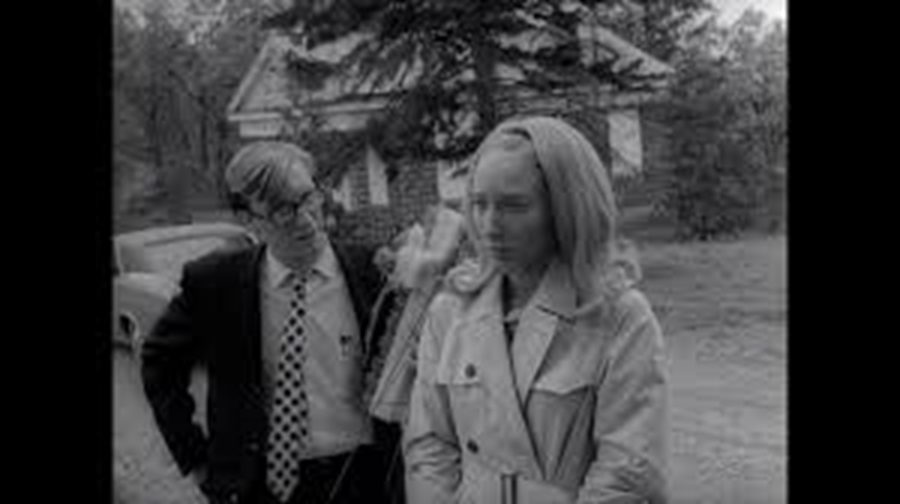
Struggling to seal the farmhouse and fathom what is going on, and why they are being attacked, a radio broadcast announces that the dead are returning to life and eating the flesh of their victims!
Ben and Barbara hear noises from inside the house, fearing that the walking dead have infiltrated the farm. They are surprised to find out that a married couple Harry (Karl Hardman) and Helen Cooper (Marilyn Eastman) and their daughter Karen (Kyra Schon) have been held up in the cellar all along with Young couple Tom (Keith Wayne) and Judy (Judith Ridley). Harry and Helen’s daughter got injured during a prior attack, leading to heated debate between the characters as to whether they should lock themselves in the cellar or try and hold the house in order to survive.
The characters try various attempts to flee their new prison resulting in the barn, and a truck exploding. As the walking dead break into the house our leads must not only battle the ghouls, but also Harry and Helen’s daughter. Karen, who we find out was bitten in a previous attack, has been resting in the cellar, unknown to the others she has died. After Karen comes back from the dead and eats her mum, the rest of the cast are killed one by one leaving only Ben still holding his ground. The police that turn up to cull the dead, hear Ben moving around in the house and shoot him thinking he is a zombie. As the credits roll we see shots of the sheriffs shooting the ghouls and burning their bodies.
The Legacy of the Dead
Fifty two years may have passed, but Romero’s zombie classic is still as powerful and scary as ever. Interestingly, the word “zombie” itself is never uttered; the word used to describe the dead by the characters in the film is ‘ghoul’.
Re-watching this classic, I am reminded that there is something special about the way it is shot, the eerie music and the black and white image it is presented in. The ‘zombies’ stylistically had not yet been as developed in look, certainly not as much as seen in the subsequent entries in the series.
After the first 15 minutes they are there as a barrier for our characters, keeping them confined, so they could then play off each other. Defiantly not as gory in explicit carnage as the following titles, the emphasis is more on how the characters and their different personalities react to each other, mirroring different politics.
The sequel Dawn of the Dead is well known for commenting on our expanding consumerism within society. The further entries in the franchise continued this tradition that is evident as a seen in Night of the Living Dead. Commenting on the segregation within the population, and its contemporary social politics about race within the U.S. is clearly hinted at in the background of the film.
The black and white look helps to almost swallow up the ghouls as they creep, groaning out of the night, and also allows the audience to focus on the main characters where they battle amongst themselves. It’s hard to imagine how effective this film must have been for the first 1968 audience. It’s even harder to look at the movie and appreciate it without the shadow of its much revered sequel.
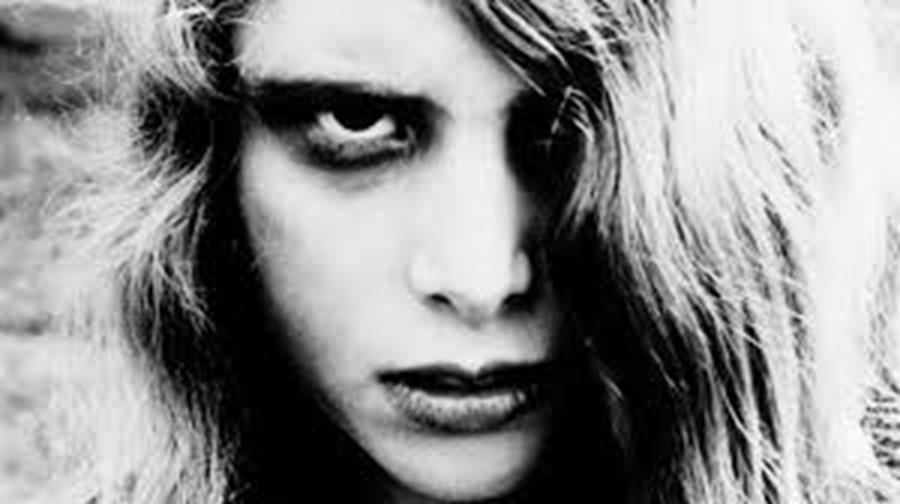
As I mentioned earlier, there have been several attempts to colourize the classic, and in 1990 a remake was produced. Tom Savini, who further developed and enhanced the zombie effects for ‘Dawn’ and ‘Day’ was given the director’s chair, with the emphasis on making it in colour and a much more gory film.
The character of Barbara was toughened up and given the hero role over the original character of Ben. The first film was co-authored by Romero and John A. Russo. The remake was re-written by Romero alone, and although not a bad film, it has none of the noirish and creepy atmosphere that is present in the 1968 version.
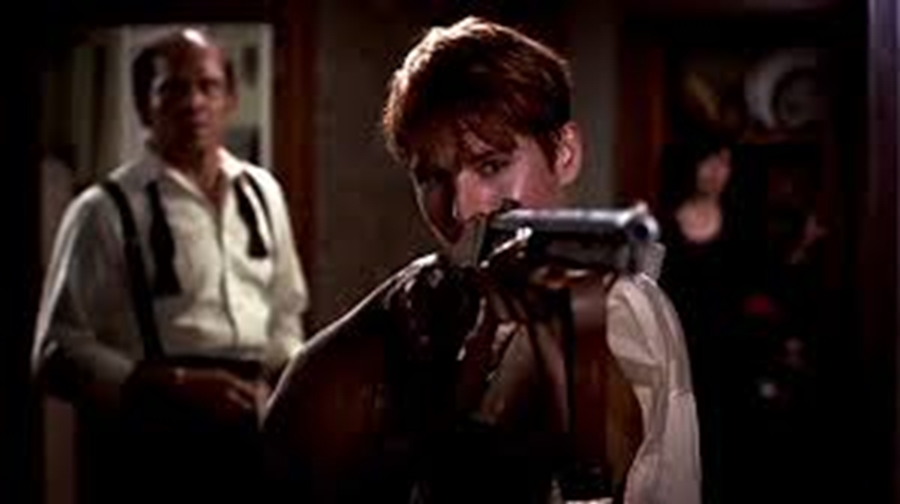
Not critically well received on first release, ‘Night’ went on to become a very profitable film which did well at the box office and haunted audiences all over the globe. In 1999 Night of the Living Dead was added to the U.S. film registry.
On a closing note, Night of the Living Dead was originally titled Night of the Flesh Eaters, but this had to be changed just before the release, due to the name ‘Flesh Eaters’ already being in use elsewhere. As a result the copyright was never carried over to the film when released, and it has remained in the public domain until this day. Over the years hundreds of different distribution companies have been able to package and sell the film without the need to acquire the right to do so. This not only carried from VHS to DVD, but now also in the world of the internet the film can be freely viewed and enjoyed online.
Well, that’s our review of Night of the Living Dead
Did you enjoy Night of the Living Dead? What did you think of our review? Let us know in the comments!
You can read more of our reviews here.
Please join us on social media on Facebook, Instagram, Tik Tok and Twitter. We really appreciate all the likes, shares, retweets etc., and we would love to hear from you and continue the wonderful celebration of all things cinema on these platforms.
If you love to watch videos on YouTube, then please subscribe to our channel here. There’s lots of fun and informative videos uploaded that we hope you will enjoy!
We have a passion for movies and aim to produce entertaining and informative movie-related content. It certainly is a lot of hard work, but we love films so much that it’s worth all the effort. We have to keep the lights on and make sure we have plenty of caffeine to keep all of the articles, videos and social media posts coming, so if you like our work, then please consider supporting us at Buy Me A Coffee here. You can also become a More Movies patron on Patreon here.
To help support us here at More Movies, we do use advertising in a few places, so we appreciate it if you do not use AdBlockers on our site, as this helps keep a few pennies trickling in. We also utilise affiliate links throughout the site, usually to help guide our readers to places to stream, rent or buy the movies we talk about. One of the biggest sources for movies online is Amazon Prime Video, where you can stream over 18,000 films. If you are interested in Prime and haven’t signed up yet, you can get a 30-day free trial via this affiliate link, which helps support us too.

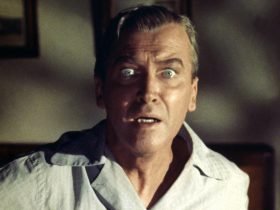
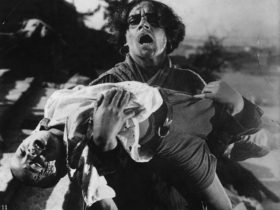

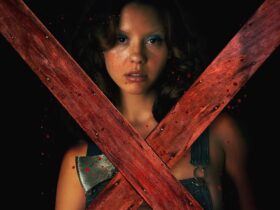
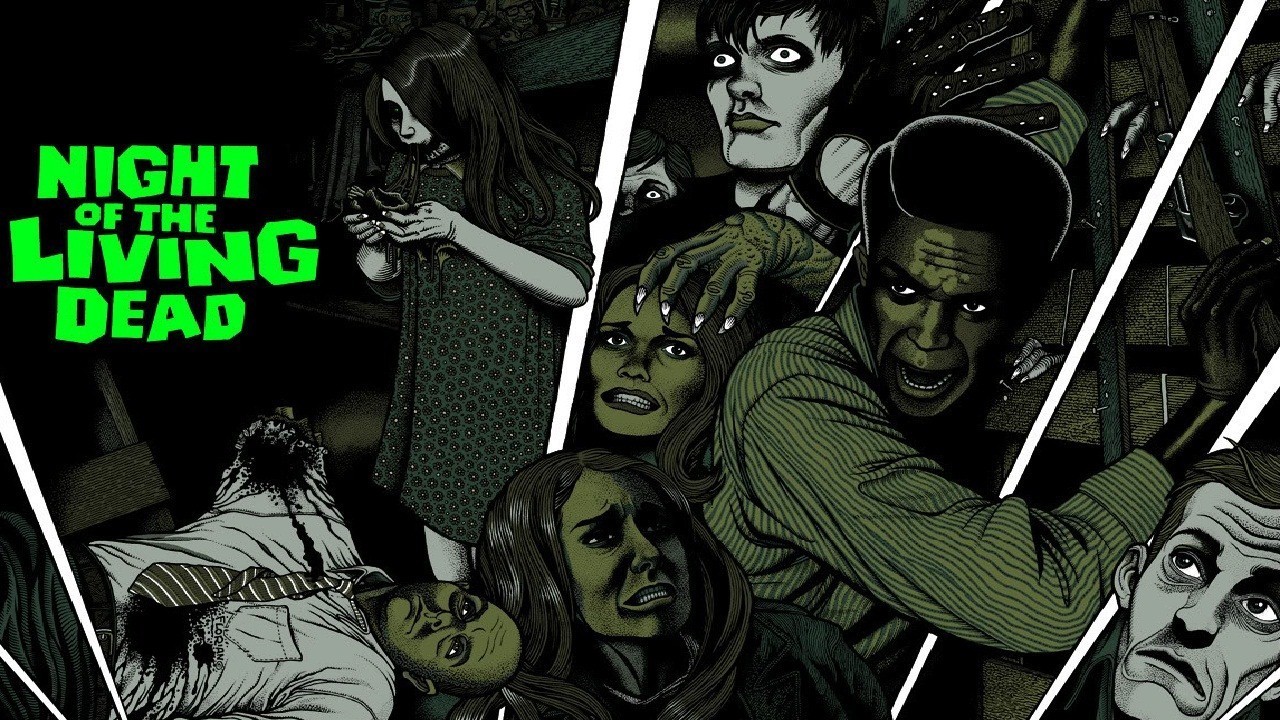

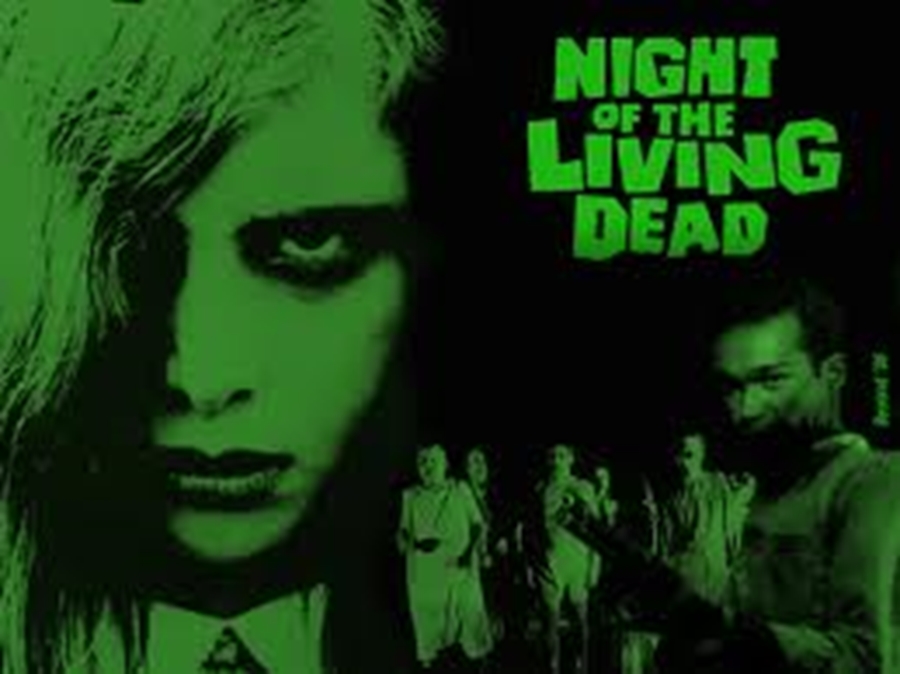
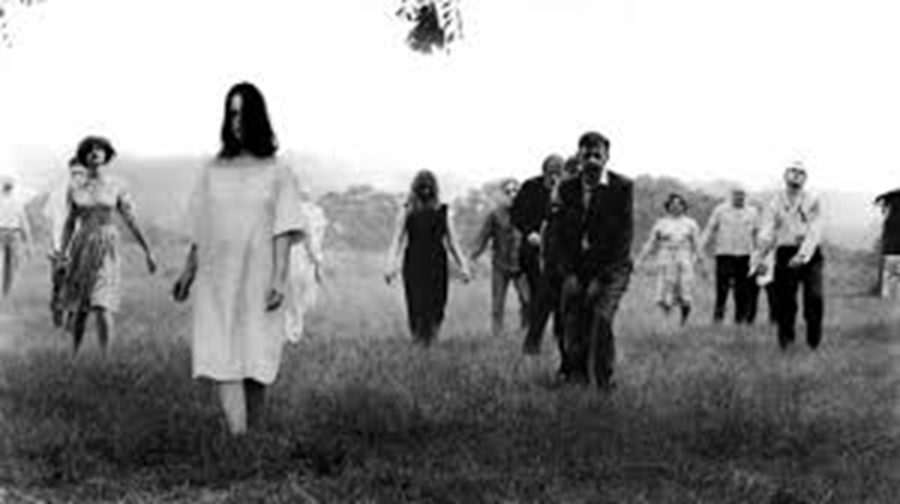

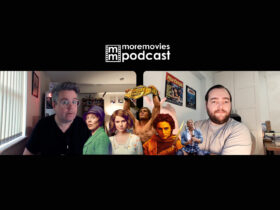
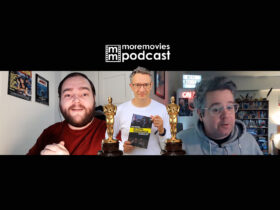

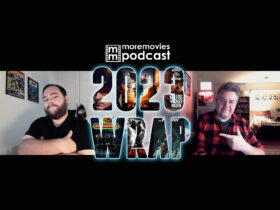
Leave a Reply